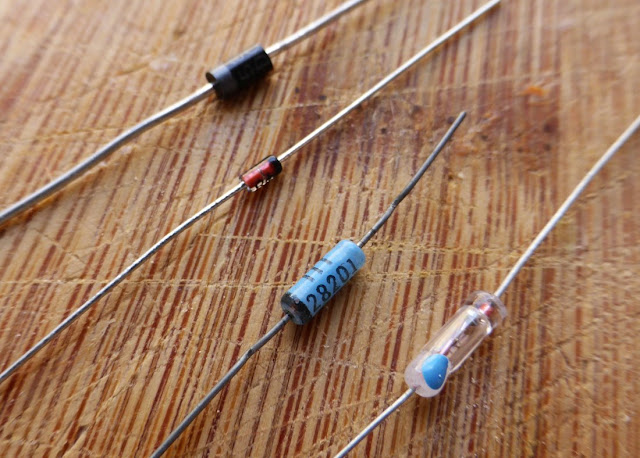Let's be honest: buying a power supply is not the funniest thing ever.
It is quite expensive (and I have to admit that I would have prefered to addanother fuzz that I do not need a nice pedal to my pedalboard than a power supply! 😁) and differences between the several models on the market is not very obvious...
So I asked myself: is it possible to make a DIY power supply?

In this blog post, I will explain how a power supply work, what are the good criterias to choose one from an electronics point of view and if it is a good idea to make one yourself. Let's go!
It is quite expensive (and I have to admit that I would have prefered to add
So I asked myself: is it possible to make a DIY power supply?

In this blog post, I will explain how a power supply work, what are the good criterias to choose one from an electronics point of view and if it is a good idea to make one yourself. Let's go!





